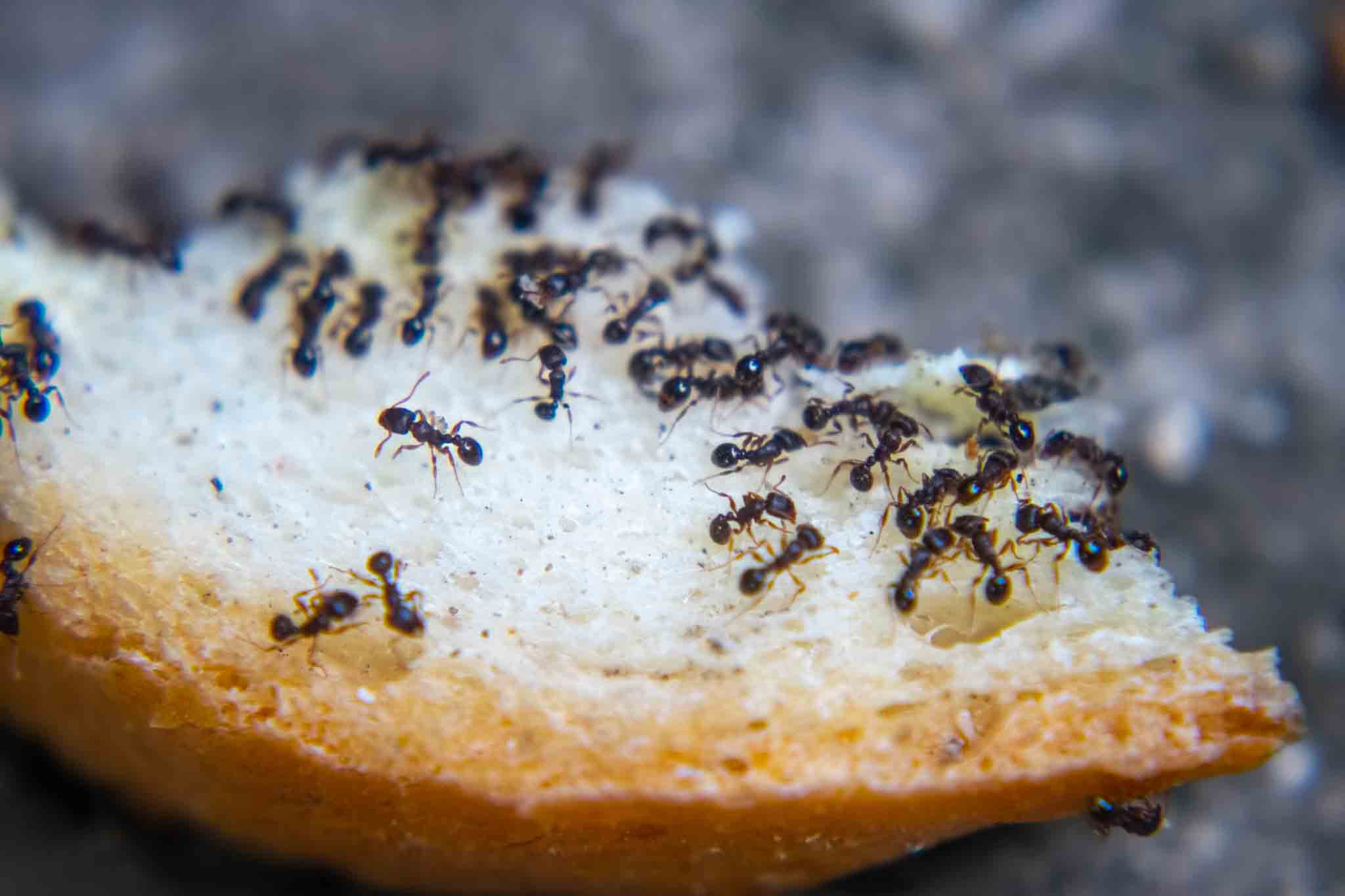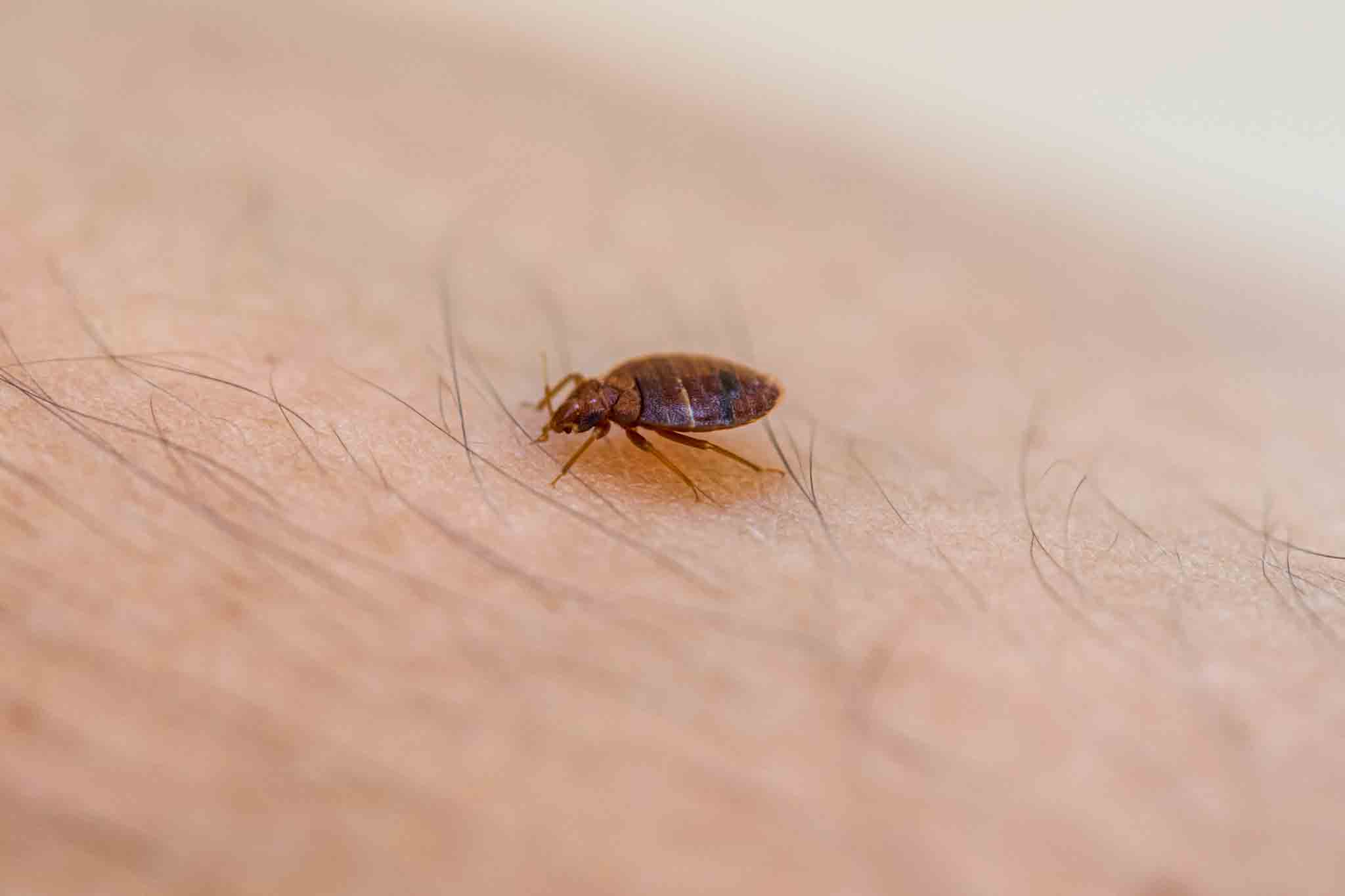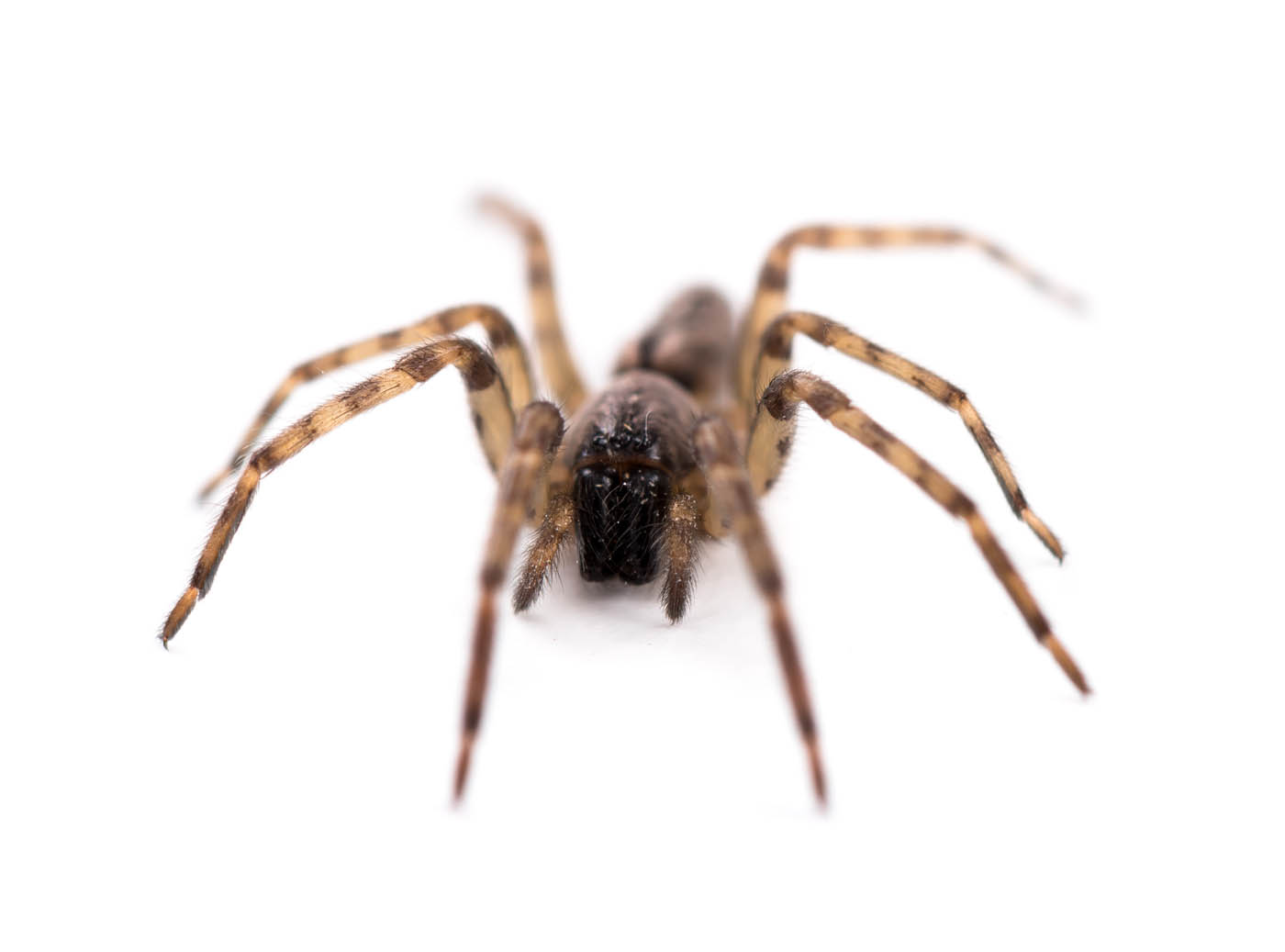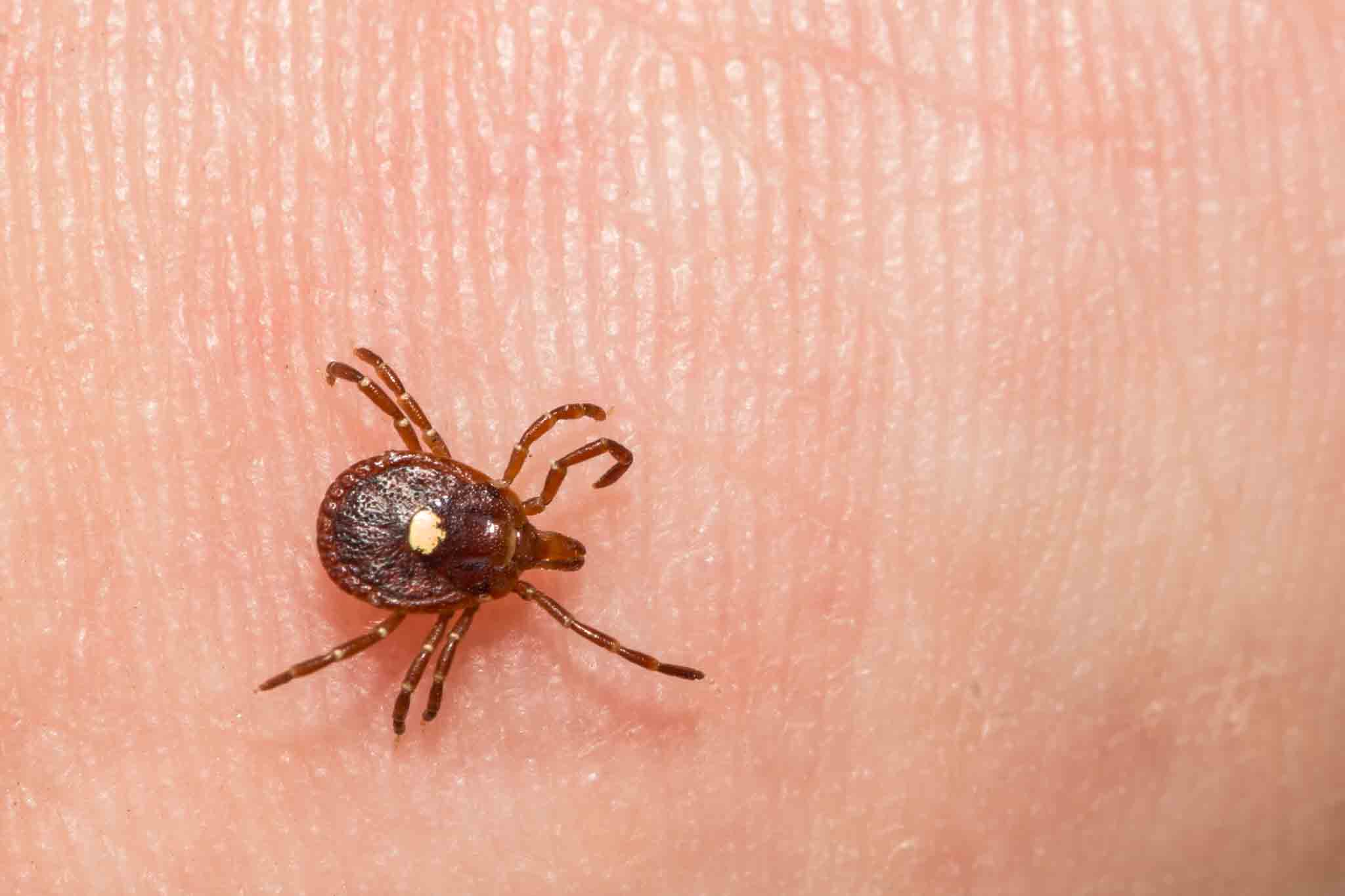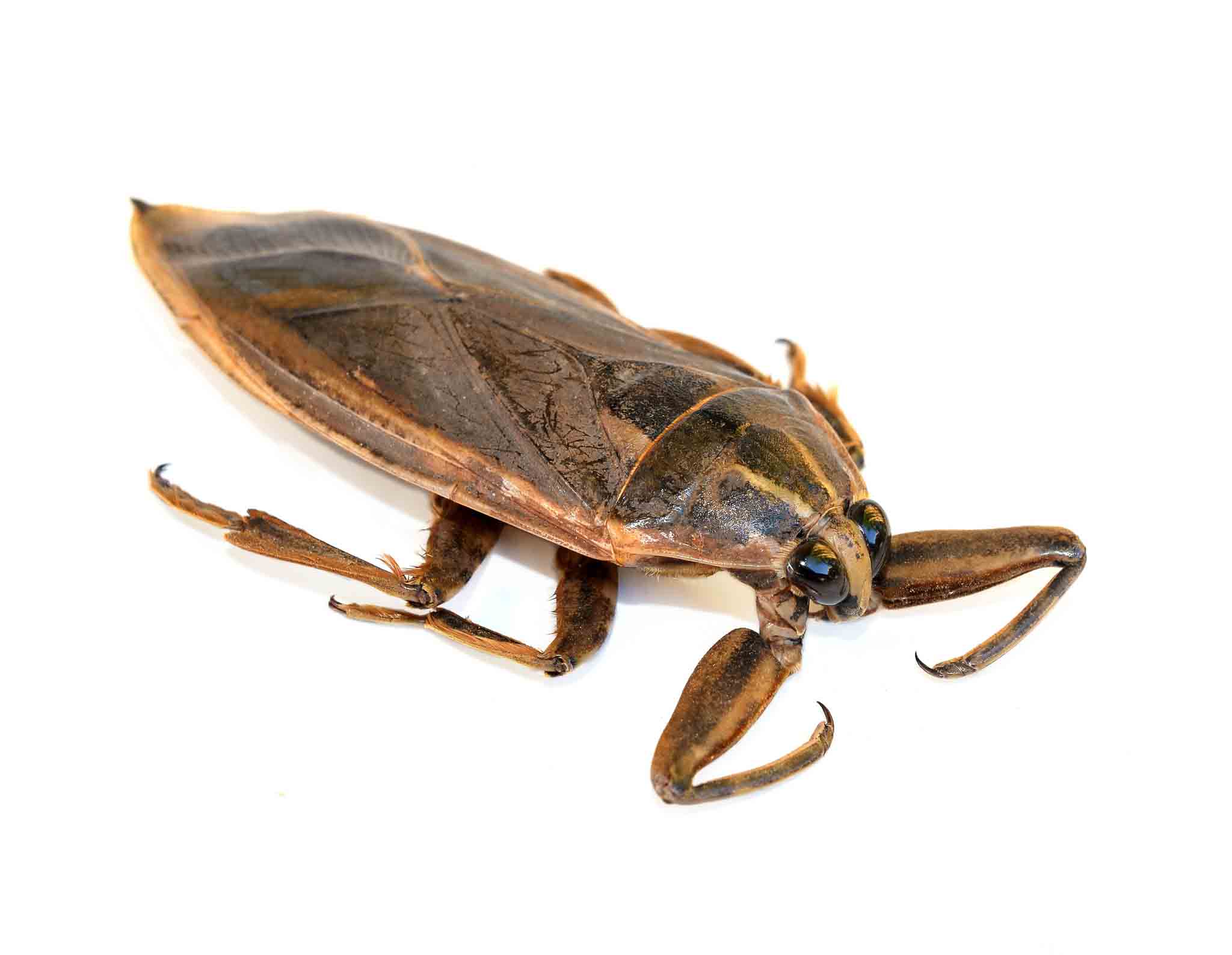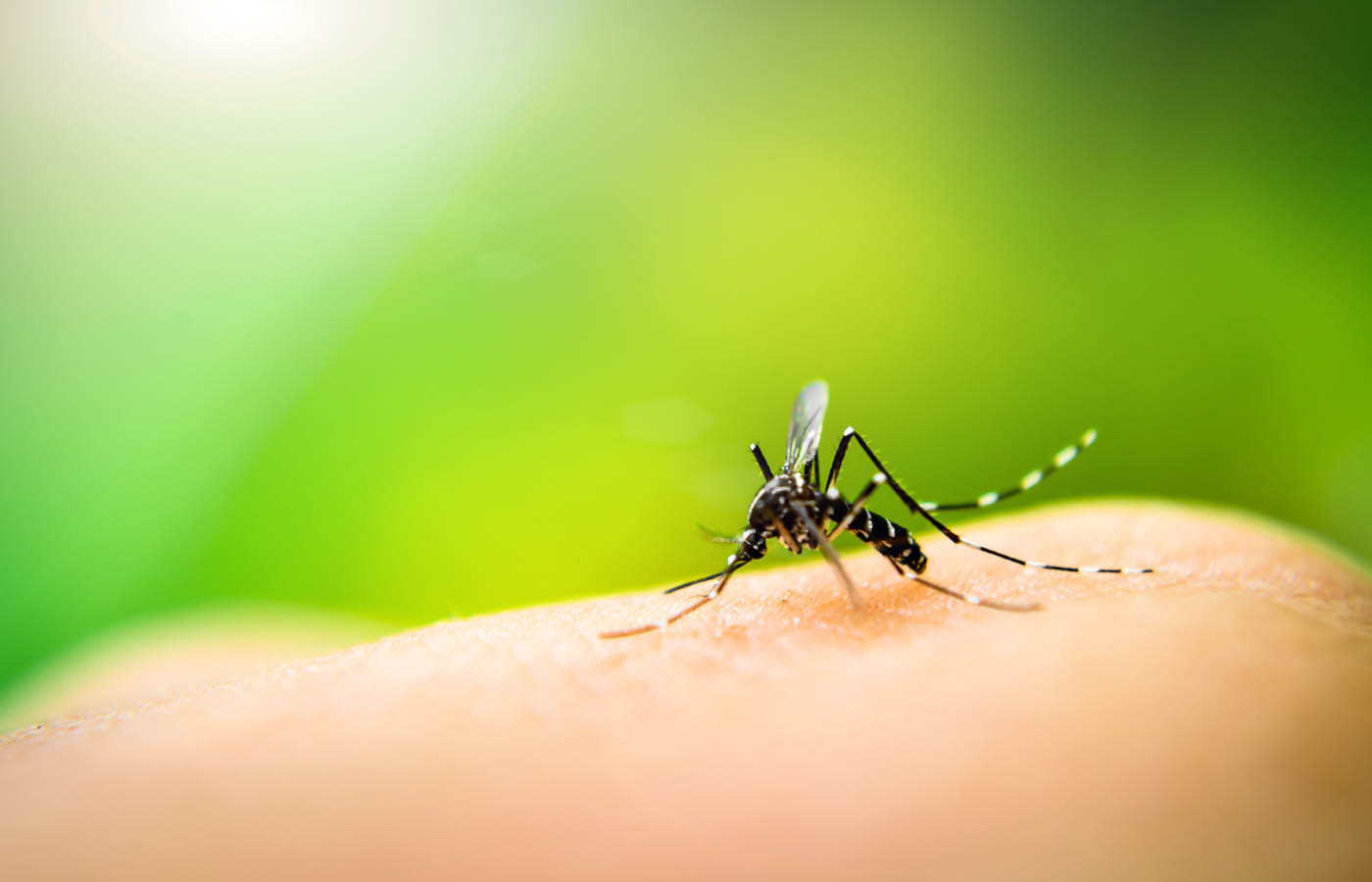Back To Blog
It's Tick Season! What You Need to Know About Ticks Apr. 5th 2018
Here's What You Need to Know About the Bloodsuckers Ticks can be harmful to both our canine friends and our household members. The black-legged or deer tick can carry Lyme disease, a bacterial infection that can affect the nervous system and joints.
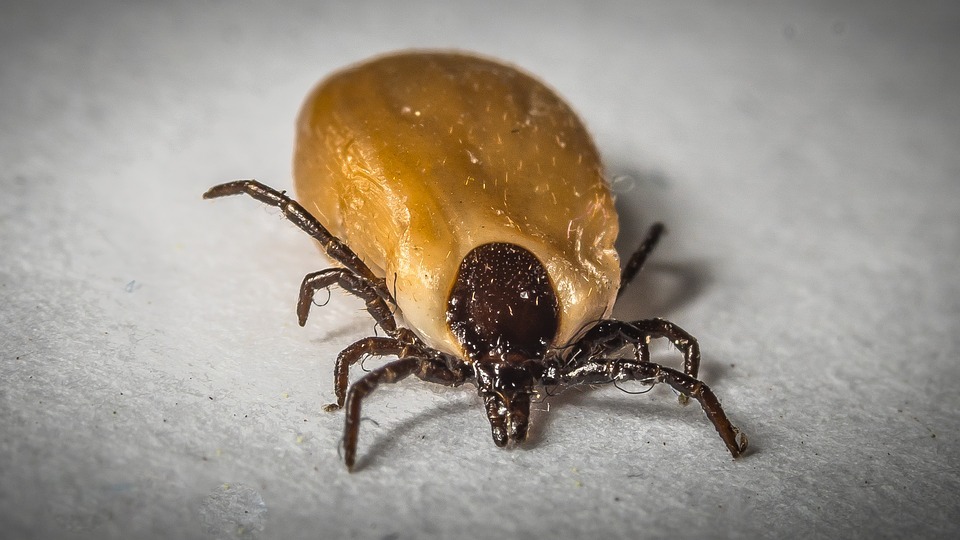
Here's What You Need to Know About the Bloodsuckers
Ticks can be harmful to both our canine friends and our household members. The black-legged or deer tick can carry Lyme disease, a bacterial infection that can affect the nervous system and joints.
 While some pests are simply annoying, there are several types of insects that can be quite dangerous to your family and pets, like ticks.
Ticks can be harmful to both our canine friends and our household members. The black-legged or deer tick can transmit Lyme disease, a bacterial infection that can affect the nervous system and joints.
Preventing them is very important to ensure the safety of everyone in your household. Here are some things to take note of:
While some pests are simply annoying, there are several types of insects that can be quite dangerous to your family and pets, like ticks.
Ticks can be harmful to both our canine friends and our household members. The black-legged or deer tick can transmit Lyme disease, a bacterial infection that can affect the nervous system and joints.
Preventing them is very important to ensure the safety of everyone in your household. Here are some things to take note of:
When are ticks most active?
Although you can spot ticks on you or your pets any time of the year, they are most prevalent during May, June, and July when the pests are active the most in the United States. US Centers for Disease Control and Prevention shows that people and domestic animals like pets such as dogs and cats are more vulnerable to tick bites as well as tick-borne diseases as compared to the other months. People living in the Northeast, mid-Atlantic and upper Midwest should be more careful to avoid tick bites since those regions are where tick-borne diseases are most prevalent. (Image: CDC GOV)
(Image: CDC GOV)
"People living in the Northeast, mid-Atlantic and upper Midwest should be more careful to avoid tick bites since those regions are where tick-borne diseases are most prevalent."
-Rest Easy Pest Control
Asian longhorned ticks
A recent study at Rutgers University Center for Vector Biology showed that areas in North America such as Virginia and North Carolina on the east coast and northern California in the west coast are places where Asian longhorned ticks (Haemaphysalis longicornis) are prevalent. Other areas that are the most suitable for the tick habitats are northern Louisiana to Wisconsin, and on the west, it spreads into Kentucky, Tennessee, and Missouri. In November 2018, CDC investigated the possible threat of the Asian longhorned ticks in several US states. They were discovered in New Jersey last year (the first invasive tick to arise in the US in 80 years) and now has been spreading to eight other states, including New York and Pennsylvania. The tick species are known to have transmitted many types of diseases in other regions of East Asia like China. One of the unique things about this tick species is that its single female can reproduce offspring up to 2,000 eggs at a time without fertilization. So they're basically clones of themselves.How to make a homemade tick repellent
The smell and taste of vinegar and sulfur are great repellants of ticks. The pests will be repelled from an animal or person with either sulfur or vegetable/ almond oil. To make a homemade tick repellent for your pet:- Put one cup of water to a spray bottle and then add two cups of distilled vinegar, followed by two spoonfuls of vegetable or almond oil.
- Shake the solution well and spray it on the dry coat of your coat but ensure that it doesn't get into the eyes of the animal.
- Spray the pest with the solution several times a day if it spends most of its time outdoor and once if it is mostly indoors and want to take it outside briefly.
- Add one cup of water, two cups of distilled vinegar and like 20 drops of your favorite bath/essential oil. The solution will have a soothing scent that's appealing to your nasal senses and repellent to ticks.
- Mix the solution well as spray it on our hair, clothes as well as the skin before going outside.
Do ticks feed on anything other than blood?
No, ticks feed on blood exclusively. They suck blood from mammals, birds, reptiles as well as the amphibians.How long does a tick live without a host?
Ticks need blood to survive as well as for moving from one developmental stage to another. However, they sometimes lack hosts to feed on and can survive for extended for a long period without having a blood meal. In some cases, some eventually die as a result of starvation. Some tick nymph species can survive up to 580 days without feeding while adults can live up to a maximum period of 730 days.Can you feel if a tick is on you?
You may feel nothing at all when a tick is on you while another time you may feel a mild irritating sensation on the area from where the tick is sucking blood. If undetected, the tick will drop off on its own once it is full. On the other hand, when you notice the bloodsucker as a result of irritating feeling, you are prompted to remove it immediately. However, it is advisable to avoid disturbing a tick on your skin unless you are removing it quickly since the disturbance encourages it to release saliva into your body and as a result, it might transmit pathogens which may make you fall sick afterward.
Tips to avoid ticks
- Mow your grass short. Ticks like hiding in tall grass.
- Brush the leaves out of your yard. Another favorite tick hiding place.
- If there are woods surrounding your house, try to keep a clear boundary between the woods and your ward. If the woods encroach into your yard, ticks will have an easier time getting in.
- If you stack firewood, keep it at least twenty feet from the house. This precaution will also protect your home from termites.
- Wear jeans when you're walking through forested areas. Ticks are often close to the ground.
- Stay close to the center of hiking trails. Avoid walking through tall grass and reeds, as these are places ticks like to hang out.
- Wear Permethrin-treated clothing and an insect repellant�preferably one with DEET. These ingredients will help keep ticks (and other bugs) away.
- When you get back from hiking, take a shower and scrub your whole body thoroughly.
How to keep ticks out of your house
In many cases, the trick to gaining control of pests that enter your house is to keep them out in the first place. This is also true in the case of ticks. If you have pets, there are many products on the market -- from powders and sprays to collars and shampoos that are designed to repel these dangerous parasites. Of course, nothing is foolproof, so you'll want to try a couple of different techniques. A good plan of action is to cut down on the hiding areas where ticks camp out until an unlucky person or pet happens to stroll by. Also be sure to remove dead leaves and any clutter around your house, because ticks love to hide in these places. If your area is prone to ticks, you'll also want to do regular inspections of your loved ones, both human and canine.

